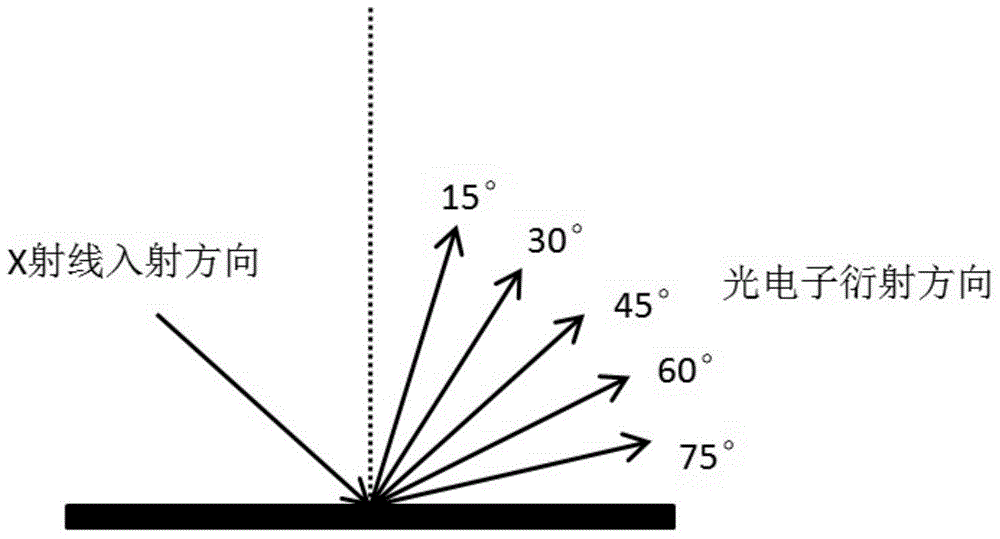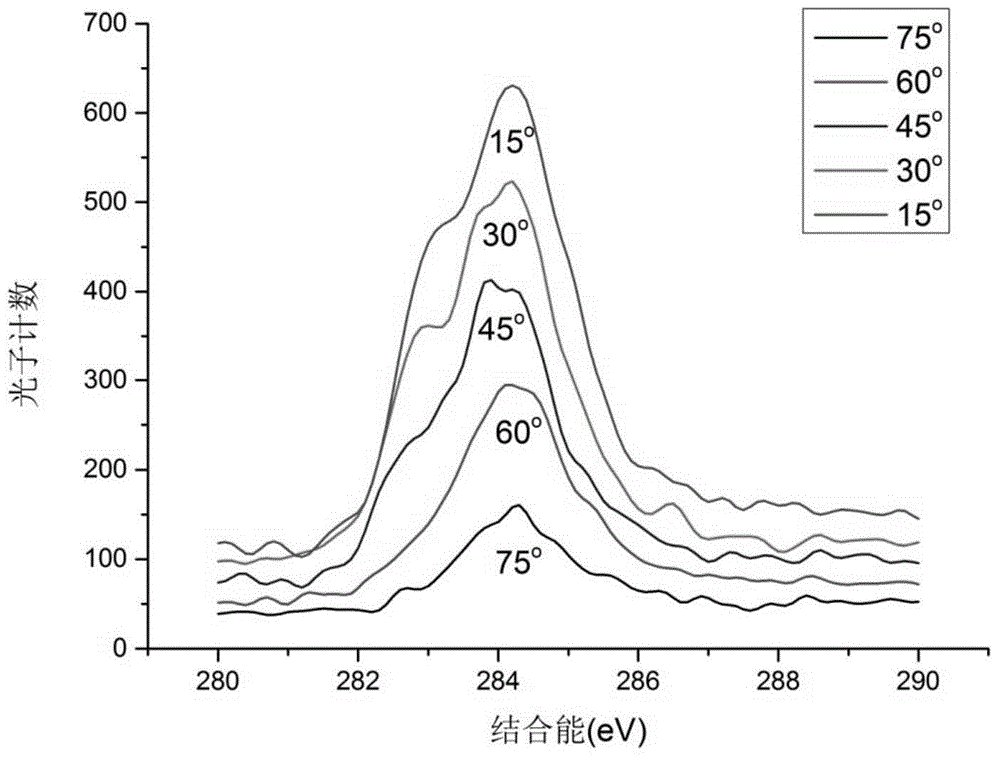Method for measuring layer number of graphene on silicon carbide substrate
A measurement method, graphene technology, applied in the field of spectral analysis, can solve problems such as the inability to quickly, accurately, and directly measure the number of graphene layers, and the difficulty of accurately measuring the thickness of nanoscale films, so as to facilitate device processing and performance testing Effect
- Summary
- Abstract
- Description
- Claims
- Application Information
AI Technical Summary
Problems solved by technology
Method used
Image
Examples
Embodiment 1
[0026] A method for measuring the number of layers of graphene on a silicon carbide substrate, comprising the following measurement steps:
[0027] (1) Using 4H-SiC as the substrate, a certain number of layers of graphene was grown on the silicon surface of the substrate by pyrolytic epitaxy.
[0028] (2) Carry out 30s nitrogen purging to the graphene sample surface, to remove attached dust and impurity particles.
[0029] (3) Measure the XPS energy spectrum of the sample, and scan the energy range from 280eV to 290eV. The incident angle of X-ray is 45°, the diffraction acceptance angle of photoelectron is θ, the values are 15°, 30°, 45°, 60°, 75° respectively, record the XPS energy spectrum of the sample when different θ values are selected, Energy spectrum such as figure 2 shown.
[0030] (4) Calculate the integrated intensity of the peaks at 284.5eV and 282.9eV according to the XPS spectrum obtained from the measurement. Among them, 284.5eV is the binding energy of...
PUM
 Login to View More
Login to View More Abstract
Description
Claims
Application Information
 Login to View More
Login to View More - R&D
- Intellectual Property
- Life Sciences
- Materials
- Tech Scout
- Unparalleled Data Quality
- Higher Quality Content
- 60% Fewer Hallucinations
Browse by: Latest US Patents, China's latest patents, Technical Efficacy Thesaurus, Application Domain, Technology Topic, Popular Technical Reports.
© 2025 PatSnap. All rights reserved.Legal|Privacy policy|Modern Slavery Act Transparency Statement|Sitemap|About US| Contact US: help@patsnap.com



